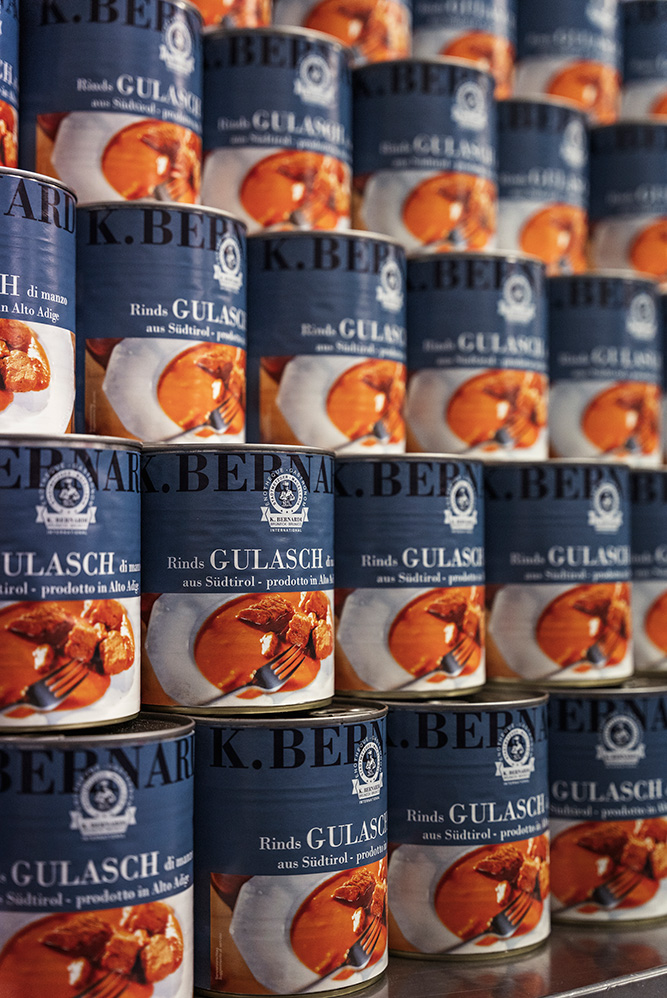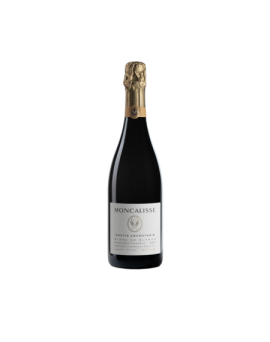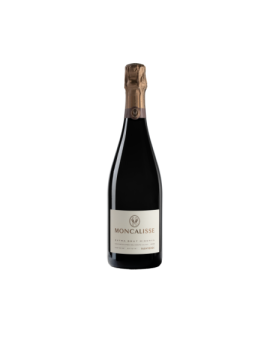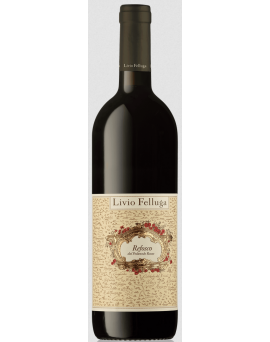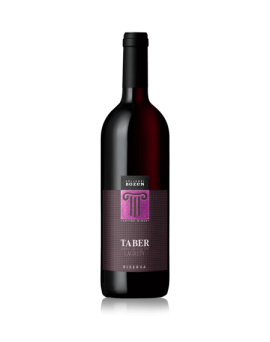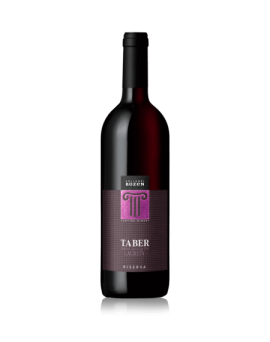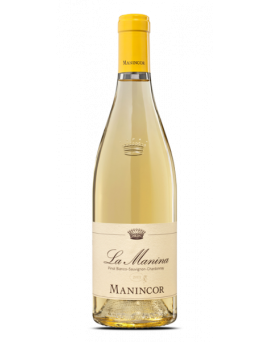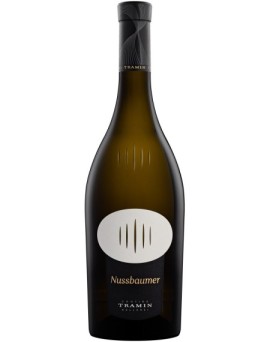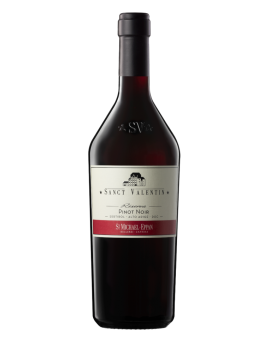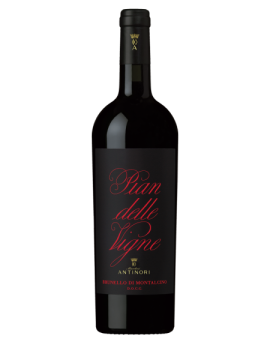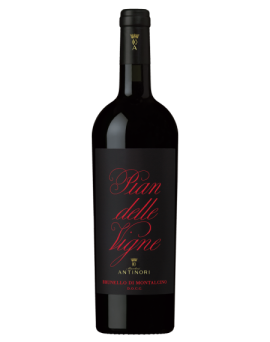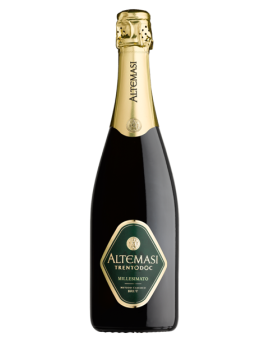Magnum TN DOC Brut Riserva...
VINTAGE 2022<br />An excellent vintage 2022 is awaiting you! As a result of the warm, stable summer, grapes of the very best health and with balanced values have reached our cellar. The<br />2022 wine year began with a warm spring, which led to an early start of flowering. The succeeding summer was consistently dry and warm-to-hot by the midsummer. The<br />drought did not cause any problems, not at least thanks to our irrigation systems and smart technology. The warm summer months have resulted in extraordinarily healthy<br />grapes of very good quality and maturity. The acidity values were somewhat lower due to the vintage, but well balanced and were supported by targeted foliage work during<br />the summer months, and a slightly earlier harvest. The first grapes were harvested at the end of August - as always entirely by hand. Overall, the wines show complexity,<br />great structure and very good fruit.<br /><br />VINIFICATION<br />Very carefully selected, fully ripe grapes get selected, picked in two harvests. Before pressing, the crushed berries are cold macerated for 6 hours, after which the juice is<br />clarified by refrigeration and natural sedimentation. Fermentation is activated using selected yeasts and the temperature is controlled at 18°C. The young wine remains on<br />its lees for several months.<br /><br />Variety: 100% Gewürztraminer<br />Alcohol: 14,00% Vol<br />
Price
€210.00

